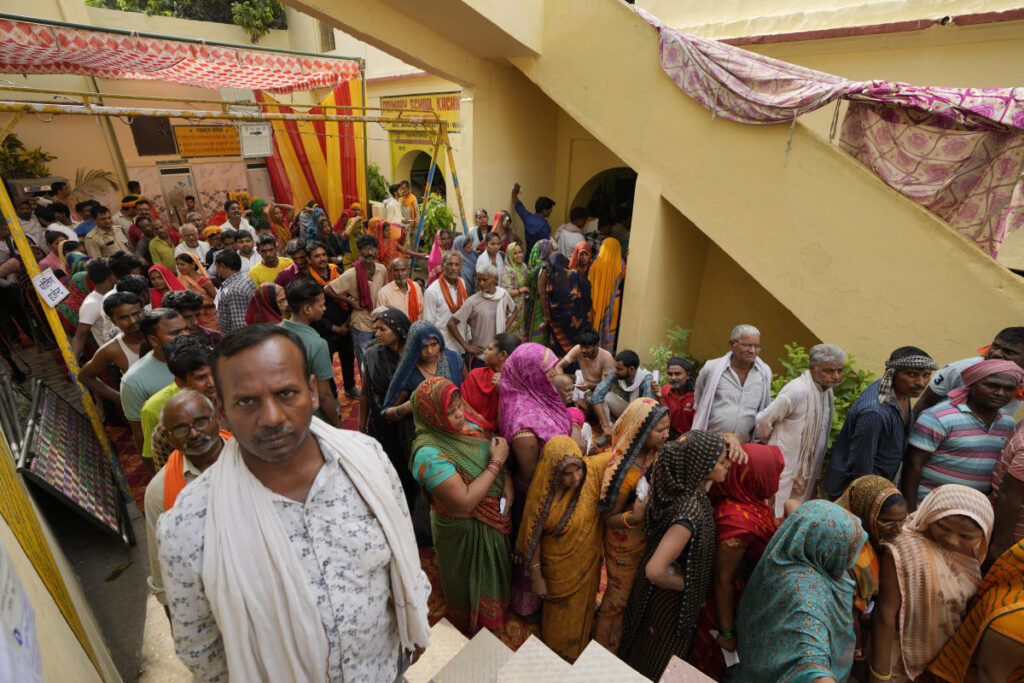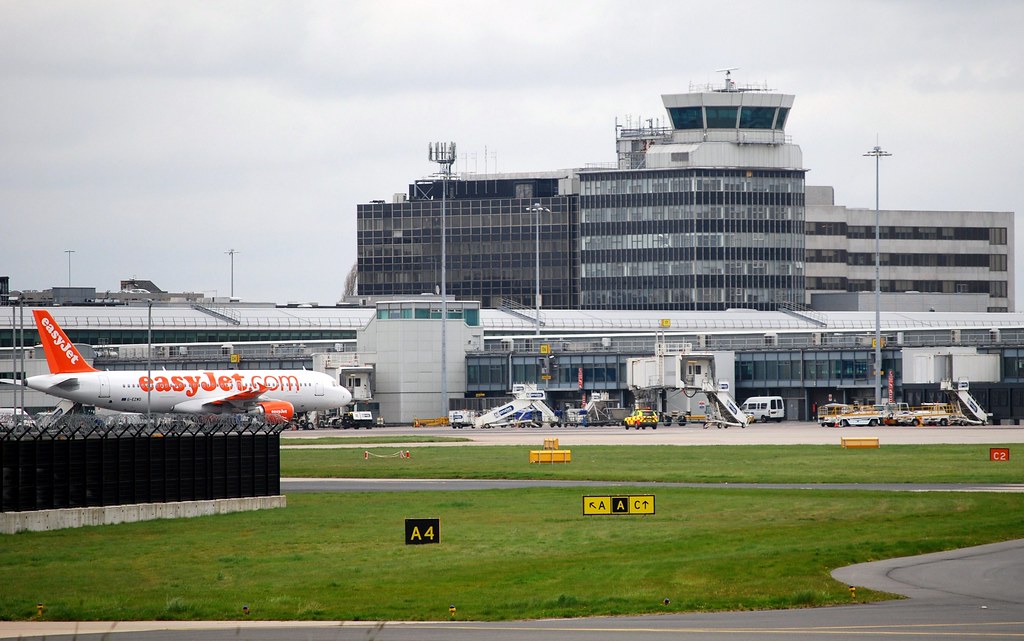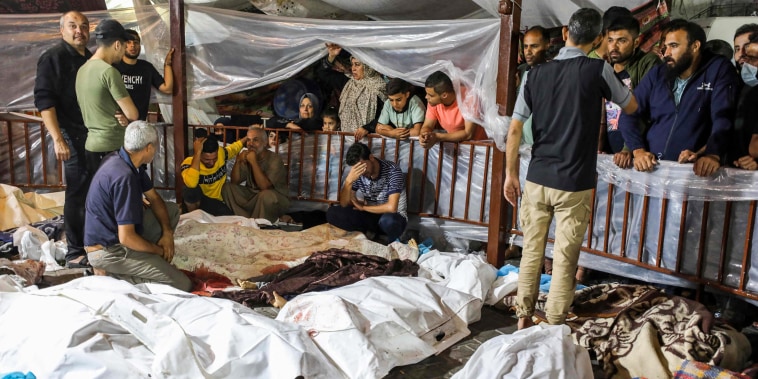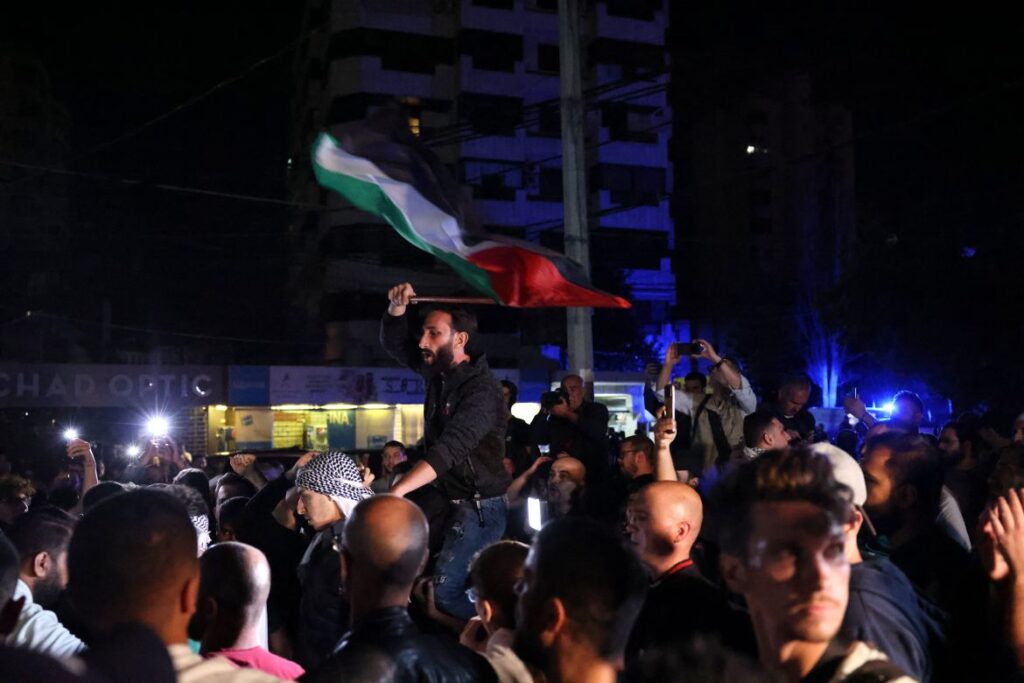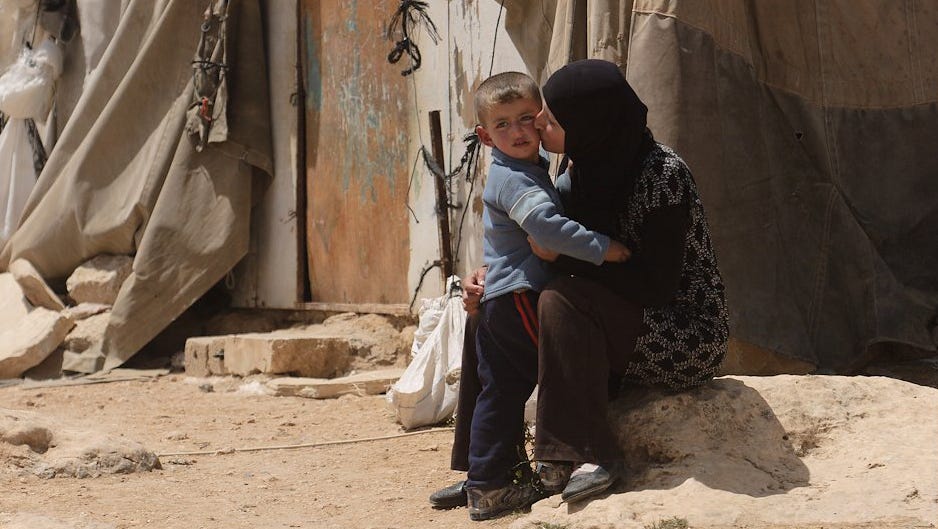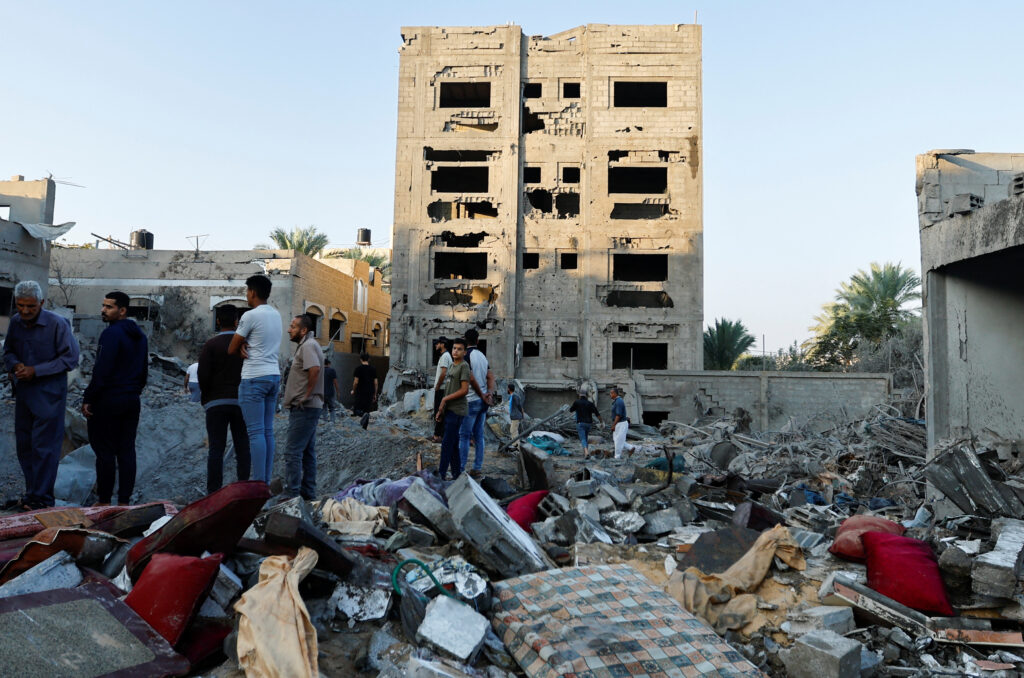NEW DELHI (AP) — From around the world biggest election could also be one of the most consequential.
India has nearly 970 million voters among its more than 1.4 billion population, and its election pits are Prime Minister Narendra Modia confession Hindu nationalistagainst a broad alliance of opposition parties that are struggling to catch up.
Now 73, Modi first came to power in 2014 on promises of economic development, presenting himself as an outsider cracking down on corruption. He has since combined religion with politics in a formula that has won widespread support from the country’s Hindu majority.
India is a rising global power under Modi, but his rule has also been marked by rising unemployment, attacks by Hindu nationalists on minorities, especially Muslims, and a shrinking space for dissent and a free media.
HOW DOES THE ELECTION WORK?
The last day of voting in the 6 week elections was Saturday. Vote counting begins Tuesday and will be updated throughout the day. The election results will probably be known the same day.
Voters elect 543 members to the House of Representatives for a five-year term.
Voting took place in over a million polling stations. Each of the seven phases of voting lasted one day, with different constituencies in multiple states voting that day. The staggered elections allowed the government to transport election officials and voting machines and deploy tens of thousands of troops to prevent violence. Candidates crisscrossed the country, poll workers went to remote villages and voters stood in line for hours in the sweltering heat.
India has a first-past-the-post multi-party electoral system, where the candidate who receives the most votes wins. To achieve a majority, a party or coalition must exceed the limit of 272 seats.
India uses electronic voting machines.
WHO RUNS?
Modi’s Bharatiya Janata Party and his main challenger, Rahul Gandhi of the Indian National Congress, represent Parliament’s two largest factions. Several other important regional parties are part of an opposition bloc.
Opposition parties, that were previously broken united under a front called INDIA, or the Indian National Developmental Inclusive Alliance, to deny Modi a third election victory in a row.
The alliance has fielded one main candidate in most constituencies. But the country is beset by ideological differences and personality conflicts, and has not yet decided on its candidate for prime minister.
Most exit polls show this Modi is about to extend his decade in power with a third consecutive term, especially after it opened a Hindu temple in the northern city of Ayodhya in January, filling his party long-held Hindu nationalist promise. During the Modi polls escalated polarizing rhetoric in inflammatory speeches targeting the country’s Muslim minority.
Another victory would cement Modi as one of the country’s most popular and important leaders. It would follow a landslide victory in 2019, when the BJP won an outright majority by capturing 303 seats in parliament. The Congress Party won only 52 seats.
WHAT ARE THE BIG PROBLEMS?
For decades, India has steadfastly adhered to its democratic beliefs, thanks in large part to free elections, an independent judiciary, a thriving media, strong opposition and a peaceful transition of power. Some of these credentials have eroded under Modi’s 10-year rule, with the polls seen as a test of the country’s democratic values.
Many watchdogs have now categorized India as a ‘hybrid regime’ that is neither a full democracy nor a full autocracy.
The survey results will also test Modi’s limits. Critics accuse him of running on a Hindu platform, endangering the country’s secular roots.
Under Modi, the media, once seen as lively and largely independent, they have become more flexible critical voices muzzled.The courts have largely bent to Modi’s will and made favorable rulings in crucial cases. The centralization of executive power has put pressure on Indian federalism. And federal agencies are gridlocked top opposition leaders in corruption cases, which they deny.
Another important problem is The great economy of Indiawhich to the fastest growing in the world. It has helped India emerge as a global power and counterbalance China. But even as India’s growth rate is rising by some measures, the Modi government has struggled to create enough jobs for young Indians, relying instead on welfare programs such as free food and housing to recruit voters.

